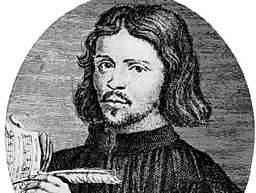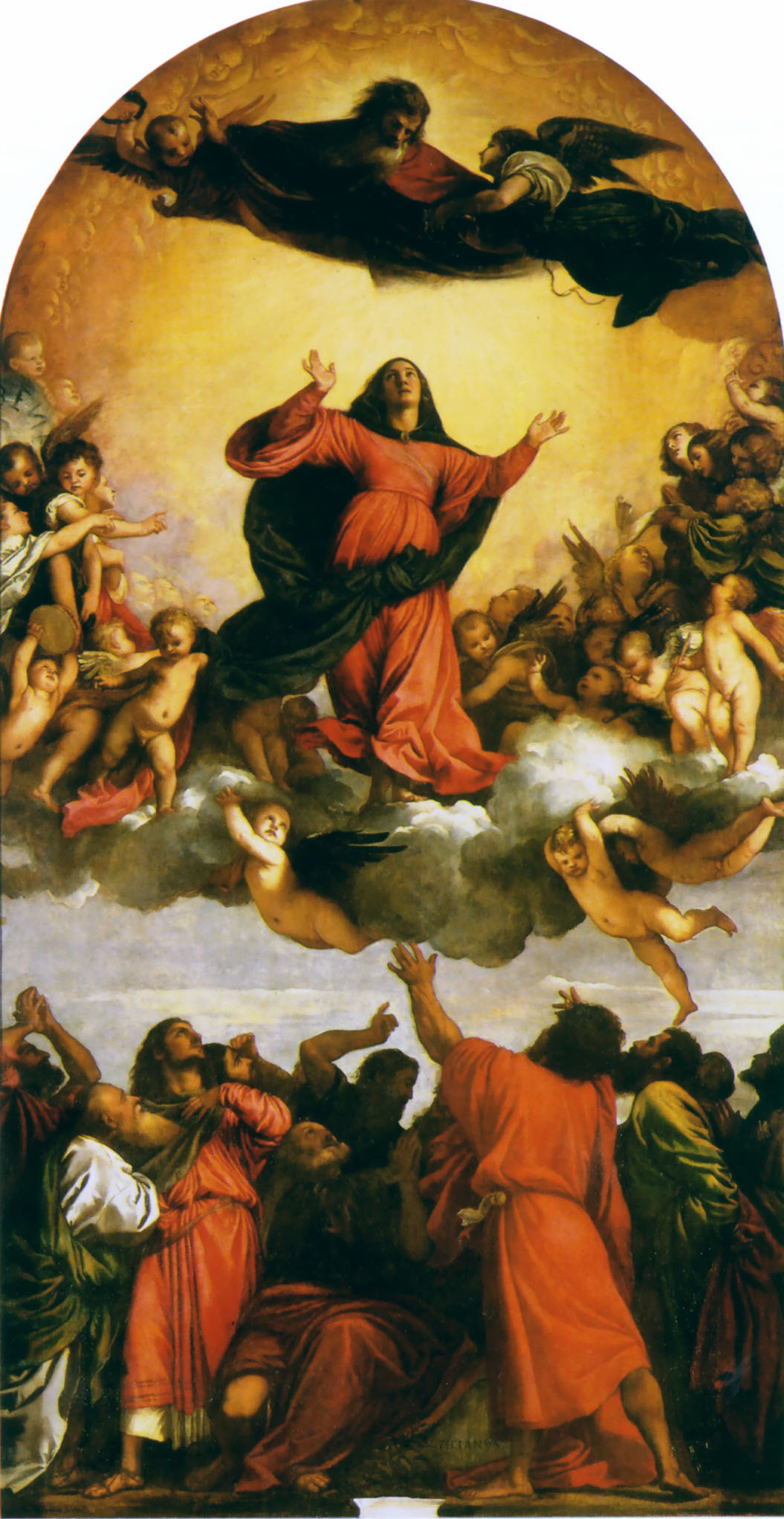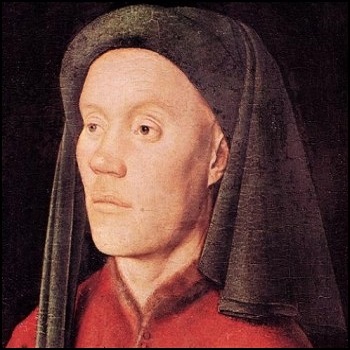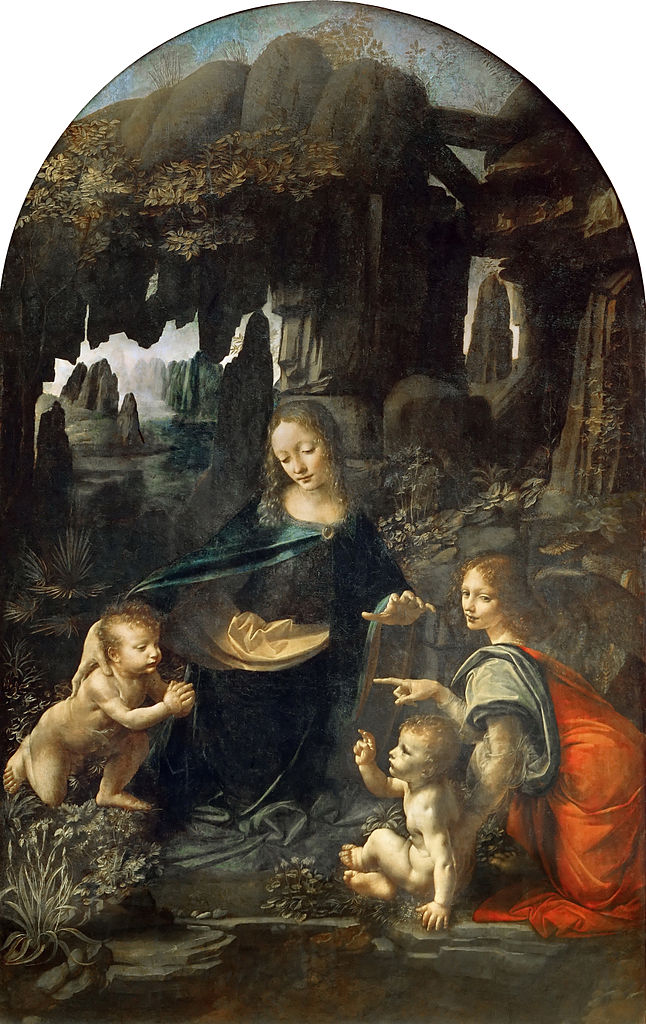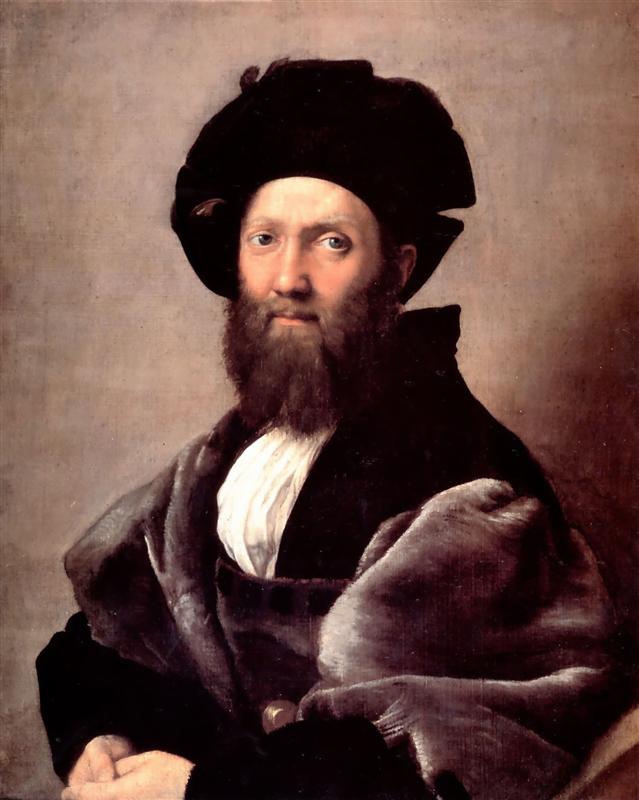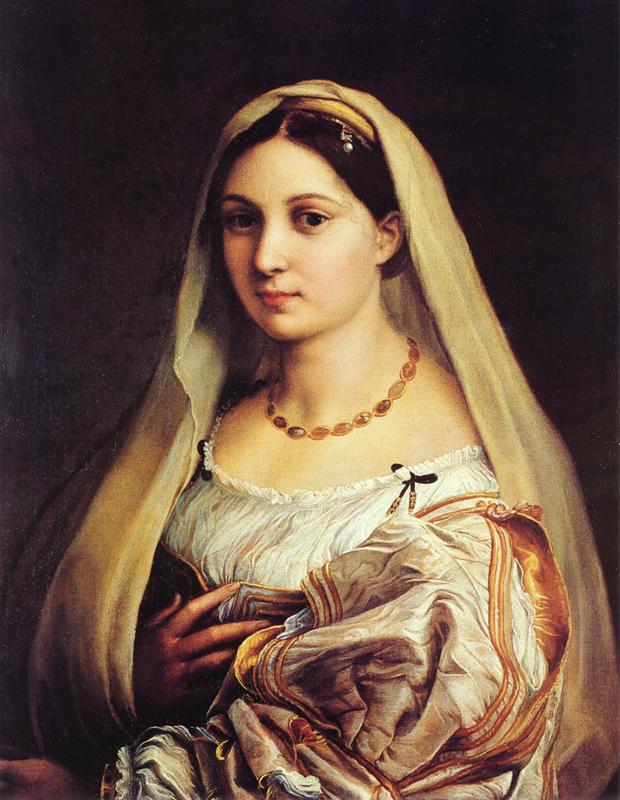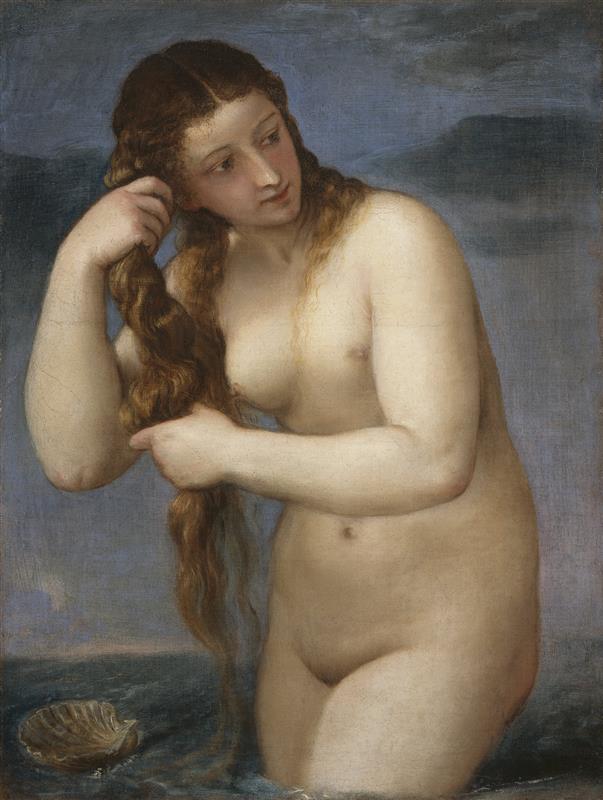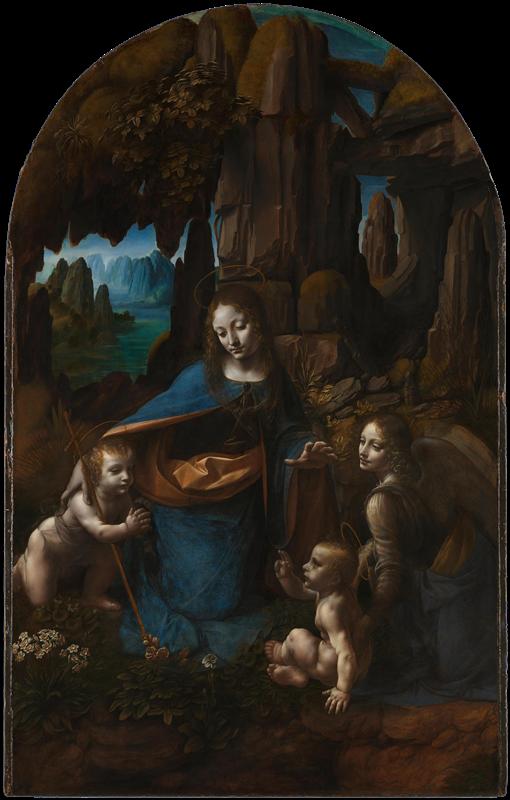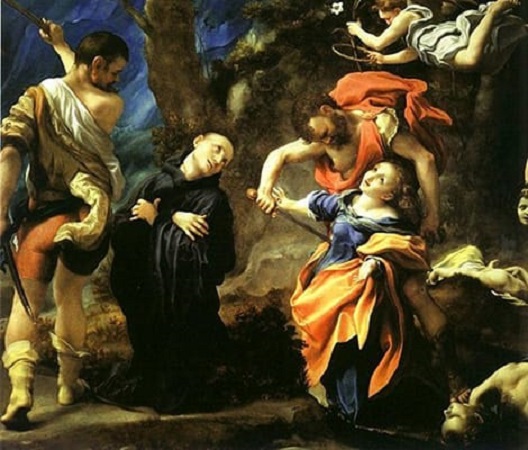
Martyrdom of Four Saints
1524
Renaissance
Oil on canvas
Parma National Gallery, Parma, Italy
‘Martyrdom of Four Saints’ portrays the 4th century Christian martyrs, Saint Flavia and her brother, Saint Placidus. Behind them, already dead, are the 6th-century martyrs, Saints Eutychus and Victorinus. Placidus and Flavia are about to be executed by two Roman soldiers in a forest setting. In the upper-right corner, an angel holds the palm of martyrdom
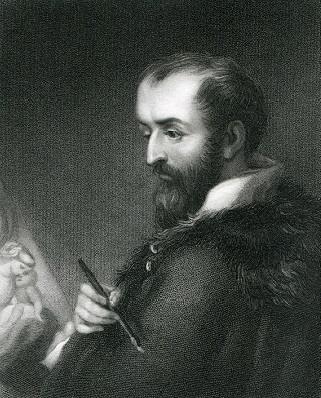
Correggio
High Renaissance, The Baroque
Born: 30 August 1489, Correggio, Italy
Nationality: Italian
Died: 5 March 1534, Correggio, Italy
A master of chiaroscuro Correggio was the best-known painter of the Parma school of the High Italian Renaissance. He was responsible for some of the most vigorous and sensuous works of the 16th century. His use of dynamic composition, illusionistic perspective, and dramatic foreshortening prefigured Baroque art of the 17th century and the Rococo art of the 18th century



